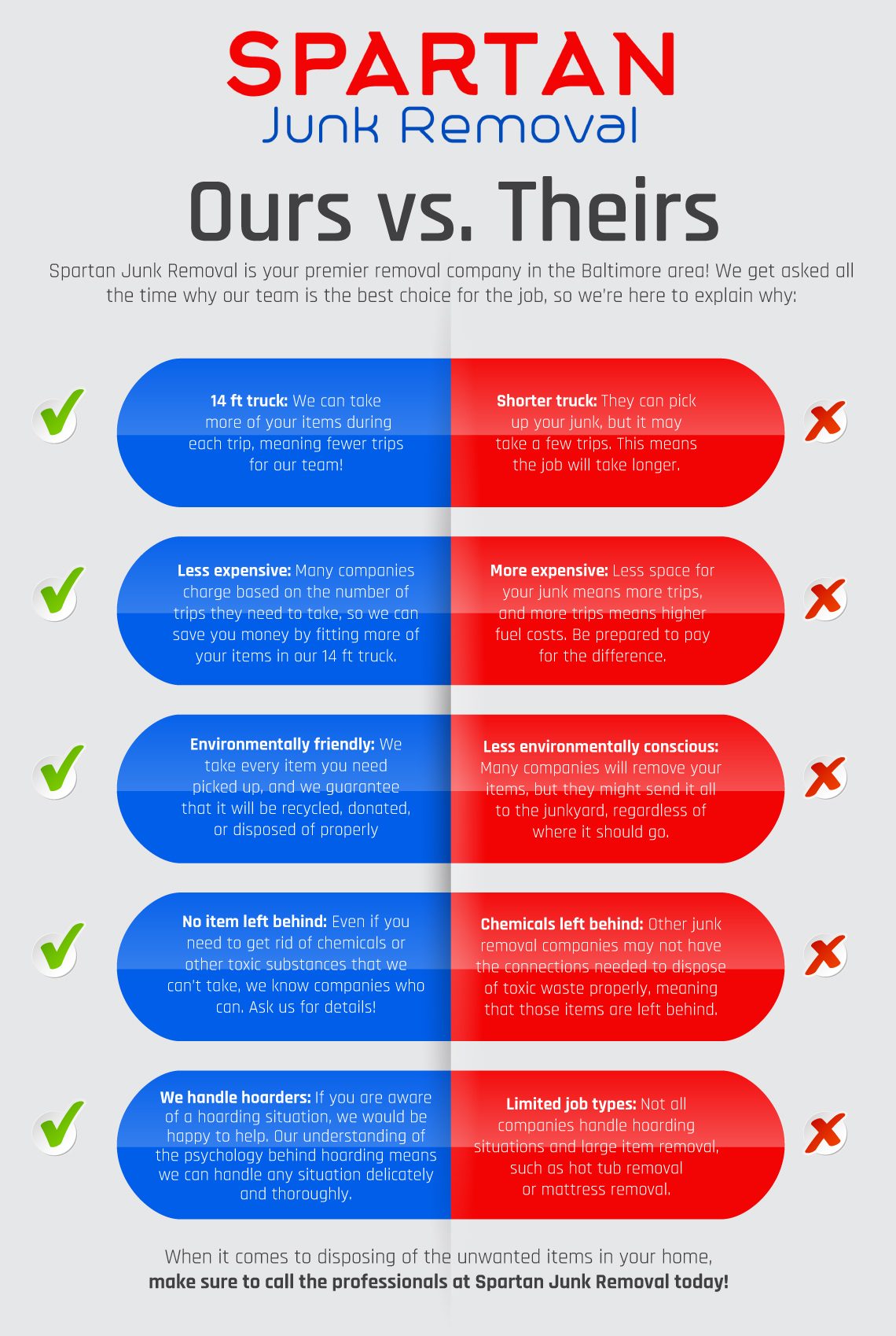The Ultimate Guide To Picking The Appropriate Dumpster Size For Your Project
The Ultimate Guide To Picking The Appropriate Dumpster Size For Your Project
Blog Article
Composed By-Hahn York
When embarking on a job that needs a dumpster, the dimension you pick can significantly affect its efficiency and cost-effectiveness. Visualize having the perfect container that suits all your waste without being exceedingly huge or also tiny. It all starts with understanding the nuances of your job and choosing a dumpster size that aligns with your specific needs. So, prior to you make a decision, think about the elements at play to ensure a smooth waste management process from beginning to end.
Aspects to Think about
When selecting the appropriate dumpster size, there are several essential factors to consider.
First, consider the kind of waste you'll be disposing of. Different products might need varying quantities of space, so understanding what you'll be placing in the dumpster is critical.
Next, evaluate the quantity of waste you anticipate to generate. If you take too lightly the quantity, you might require to make numerous trips to dispose of whatever, which can be inconvenient and expensive. On the other hand, renting out a dumpster that's as well huge can lead to unnecessary costs.
Furthermore, consider the space where the dumpster will certainly be positioned. Make certain there's enough room for the dumpster to be provided and picked up without any blockages.
Finally, think of any kind of weight limitations that might use. Going beyond the weight limit can cause additional fees and even the refusal of service.
Dumpster Size Options
For selecting the right dumpster dimension, it's essential to have a mutual understanding of the offered alternatives. https://arthurqvcjp.madmouseblog.com/11858044/sustainable-junk-elimination-solutions-benefits-for-you-and-the-planet from 10 to 40 cubic yards, with variants in between.
A 10-yard dumpster appropriates for little tasks like a garage cleanout or a tiny restoration. If you're dealing with a medium-sized task such as a kitchen remodel or a cellar cleanout, a 20-yard dumpster might be the right choice.
For larger projects like a whole-house remodelling or industrial construction, a 30 or 40-yard dumpster could be more suitable to suit the quantity of waste generated.
When picking a dumpster dimension, take into consideration the amount and sort of debris you expect to dispose of. It's much better to pick a slightly bigger dimension if you're unsure to stop overfilling. Bear in mind, it's even more affordable to lease a dumpster that fits your needs instead of having to buy an extra one.
Matching Size to Task
Optimally matching the dumpster dimension to your task is essential for effective waste administration. To figure out the ideal size, consider the scope and nature of your job.
For tiny home cleanouts or renovations, a 10-yard dumpster might be enough. These are generally 12 feet long and can hold about 4 pickup truck tons of waste.
For bigger tasks like redesigning several rooms or cleaning out a huge estate, a 20-yard dumpster might be preferable. These are around 22 feet long and can hold roughly 8 pickup truck loads.
If you're tackling a major building and construction project or commercial remodelling, a 30-yard dumpster could be the best fit. fort worth trash dump are about 22 feet long and can accommodate about 12 pickup truck loads of debris.
Matching the dumpster size to your job guarantees you have adequate space for all waste materials without paying too much for extra capability.
Final thought
In conclusion, choosing the right dumpster dimension for your project is crucial for effective garbage disposal. By taking into consideration elements like the type and quantity of waste, space availability, weight limitations, and budget plan restraints, you can ensure you have the proper size dumpster for your demands. Make certain to match the dimension of the dumpster to the scope and nature of your project to stay clear of overspending on unnecessary expenditures.
